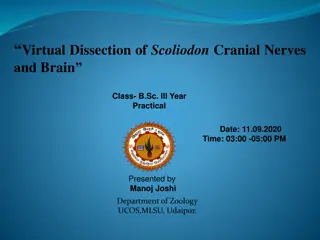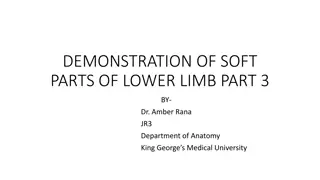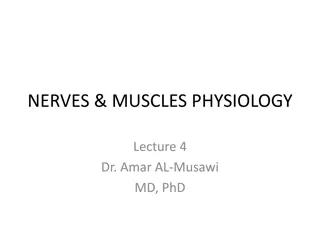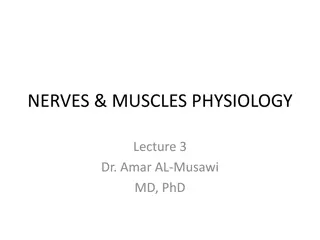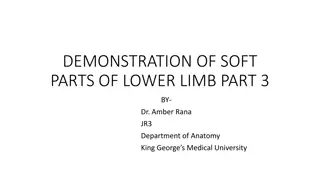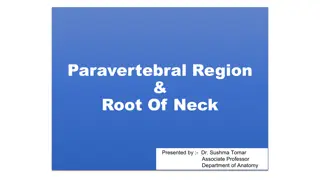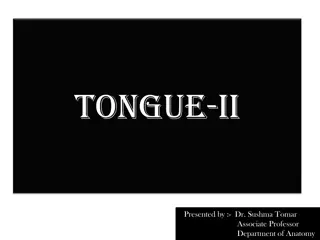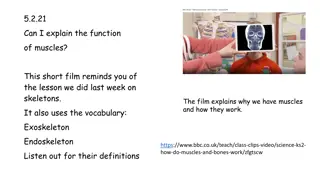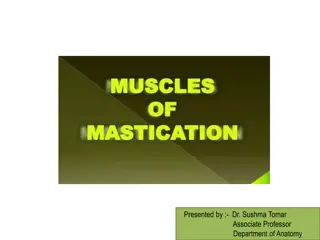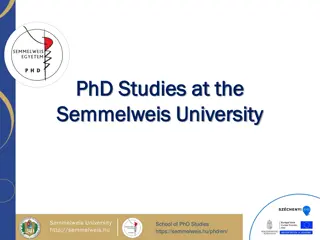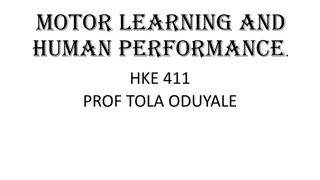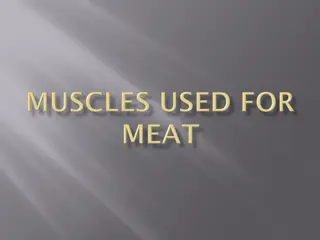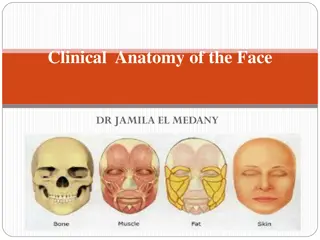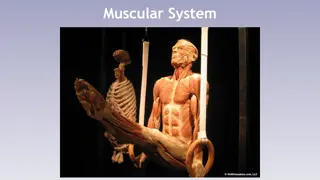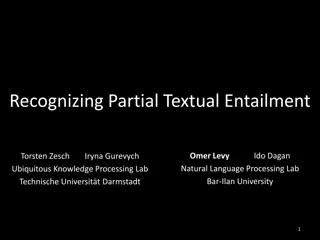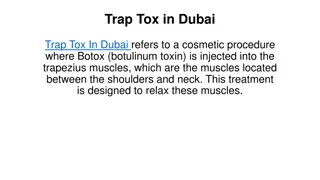Understanding Nerves and Muscles Physiology: Lecture Insights by Dr. Amar AL-Musawi MD, PhD
Delve into the intricacies of cardiac action potential, mechanism of action potential propagation, rhythmicity in excitable tissues, and the crucial concept of refractory period. Explore how voltage-gated channels influence the duration of action potential and learn about the spontaneous generation of action potentials in rhythmical cells, along with the impact of sympathetic and parasympathetic stimulation on pacemaker potential. Unravel the significance of the refractory period in regulating action potential generation and its role in preventing the initiation of another action potential.
Download Presentation

Please find below an Image/Link to download the presentation.
The content on the website is provided AS IS for your information and personal use only. It may not be sold, licensed, or shared on other websites without obtaining consent from the author. Download presentation by click this link. If you encounter any issues during the download, it is possible that the publisher has removed the file from their server.
E N D
Presentation Transcript
NERVES & MUSCLES PHYSIOLOGY Lecture 2 Dr. Amar AL-Musawi MD, PhD
Objectives of this lecture I-Explain the cardiac action potential II-Explain the mechanism of propagation of the action potential. III-Describe rhythmicity of certain excitable tissues. IV-Mechanism of refractory period 1-The action potential of the cardiac and smooth muscle fibers 2-Propagation of the action potential 3-The Refractory Period
The presence of plateau due to the presence of voltage-gated Ca2+ channels. The duration of action potential is much longer In some of smooth muscles, the spike potential and the plateau are both due to voltage-gated Ca2+ channels rather than voltage-gated Na+ channels.
Rhythmicity (automaticity): Rhythmical cell is the cell that can generate action potential spontaneously and repetitively. [1] The threshold level for stimulation is low. [2] The cell membrane even in its natural resting state is more permeable to Na+/or Ca2+ ions than non rhythmical tissue. [3] The cell membranes show increase and decrease of the pumping of Na+ and Ca2+ ions outward through the muscle fiber membrane continuous and cyclic change in resting membrane potential locally i.e. Slow wave potential or pacemaker wave potential.
Figure 4.9 B: Effect of sympathetic and parasympathetic stimulation on pacemaker potential.
Figure 4.10: The refractory periods f skeletal and nerve fibers.
Figure 4.10: The refractory periods f skeletal and nerve fibers. The Refractory Period: It is the period of time during which the second action potential is difficult or cannot occur in an excitable fiber as long as the membrane is still depolarized from the preceding action potential. The importances of refractory period are: (1) Limits how many action potentials can be produced during a given period of time and (2) Prevents an action potential from starting another action potential at the same point on the plasma membrane
Some practice questions 1-Regarding the ionic basis of action potential in cardiac muscle cells, which one of the following is incorrect? A. Phase 0: Na influx B. Phase 1: K influx C. Phase 2: Ca influx D. Phase 3: K efflux 2- The absolute refractory period A. Limits how many action potentials can be produced during a given period of time B. Prevents an action potential from starting another action potential at the same point on the plasma membrane C. Is the period of time when a strong stimulus can initiate a second action potential D. Both A and B. E. All of the above
3-The relative refractory period is the time: A. When the nerve cell cannot be stimulated irrespective of the strength of the stimulus B. When the nerve cell can be stimulated but requires an above normal stimulus C. Before the arrival of the action potential D. Which roughly corresponds to the period of increased Na+ permeability 4-


